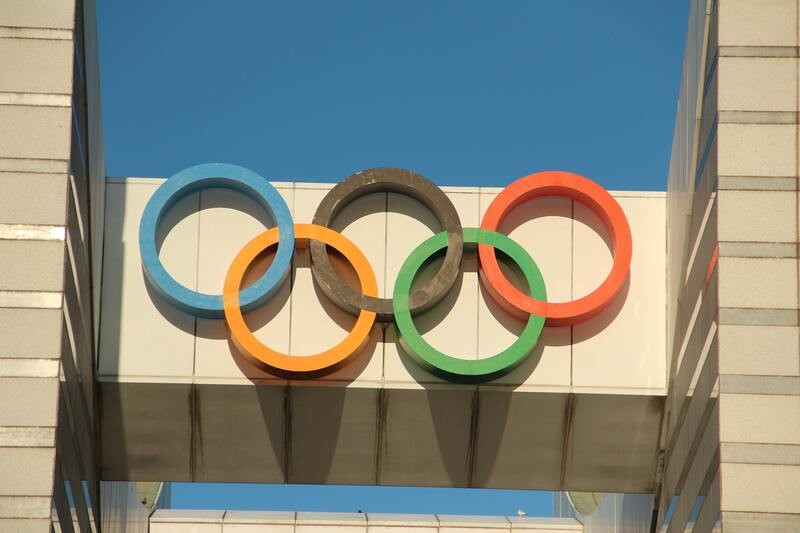Although the sports industry has long utilized modern technologies to advance the development of athletes and competitions, a reality reiterated by the predicted growth of the sports technology market ($31.1 billion by 2024), we were heavily reminded of this partnership at this year’s Wimbledon competition. American multinational technology company IBM garnered international attention after it provided the world-famous tennis tournament with its artificial intelligence system. The system compiled highlight packages within minutes, saving teams of editors countless hours sifting through footage.
Wimbledon may be over, but with the 2020 Tokyo Olympics in full flow, we are going to see yet another major competition take advantage of new technologies. Below is a list of some of the innovations you will see the team at the Olympic Broadcasting Services use this summer.
New Technological Innovations At The Tokyo Olympics
Naomi Osaka, the Japanese tennis player and defending champion of the US Open, kicked off the 2020 Olympics on Friday, July 23, by lighting the Olympic Cauldron. This was, of course, fitting: Osaka was representing Japan, the host country of the event. Despite her shock exit in the third round of the women’s singles tennis, lighting the cauldron made Osaka the first active competitor to have this honor since the 2000 Olympics in Sydney, Australia. We’re sure she will take that pride to the US Open in August, where the 23-year-old has online sports betting odds of +400 to defend her title.
Undoubtedly the greatest athletic achievement and honor I will ever have in my life. I have no words to describe the feelings I have right now but I do know I am currently filled with gratefulness and thankfulness ❤️ love you guys thank you. pic.twitter.com/CacWQ5ToUD
— NaomiOsaka大坂なおみ (@naomiosaka) July 23, 2021
It’s been an entertaining, heartful, and dramatic Olympics so far. The Philippines won their first-ever gold medal and USA gymnast Simon Biles pulled out of two finals due to mental health issues. Still, with all the drama and passion, people are experiencing the Olympics as they have in previous years. Some are using the Olympics as inspiration to continue their fitness journey, which, as we previously covered on Technoblogs, starts with drinking enough water. Then there are the individuals studying the Olympics’ use of new technologies, which they incorporate in the games every four years. This year, the Olympics Broadcasting Service will be using everything from multi-camera replay systems to 3D athlete tracking.
Multi-Camera Replay Systems
Sport can change within an instant, which is why the Olympics’ use of a multi-camera replay system this summer will be a game-changer. The multi-camera replay technology, which will use different high-speed 4K cameras, will allow fans to see replays from a multi-angle experience. It will be used in several competitions, including sport climbing, volleyball, gymnastics, and track and field.
3D Athlete Tracking
Alibaba and Intel developed this year’s 3D athlete tracking technology. It is a broadcast enhancement technology that uses computer vision and artificial intelligence to improve the viewing experience. It does so by using overlay visualizations and real-time insights during track and field events. This technology will show fans how the athletes are performing and compare to one another. The 3D athlete tracking will be used in the 4×100 meter relay and the 100, 200, and 400-metre races.
2D Image Tracking
Watching events such as the marathon and race walks is fun until you lose the position of the athlete you are watching. Fortunately, this will not be a problem this year. The Olympic Broadcasting Services will use 2D video tracking technology to help both commentators and fans maintain an athlete’s position during an event.
The Olympic games have always provided viewers with a unique experience, but considering this year’s event is a digital experience for everyone but the athletes and their teams, it will be even more special. The Olympics Broadcasting Services has taken this into account and gone above and beyond to implement new technologies that will make the 2020 Tokyo Olympics something to remember.















Add Comment